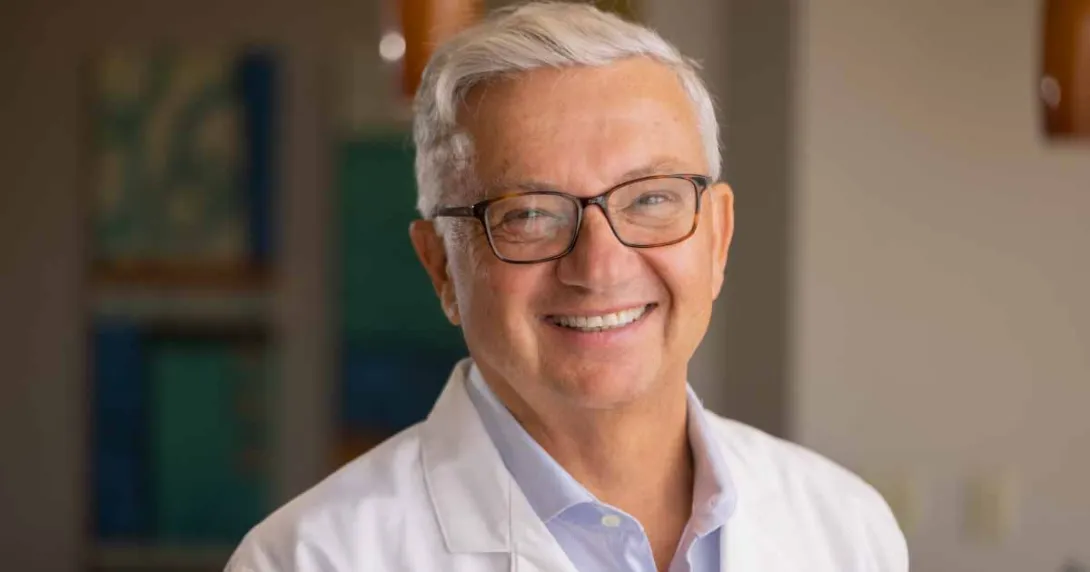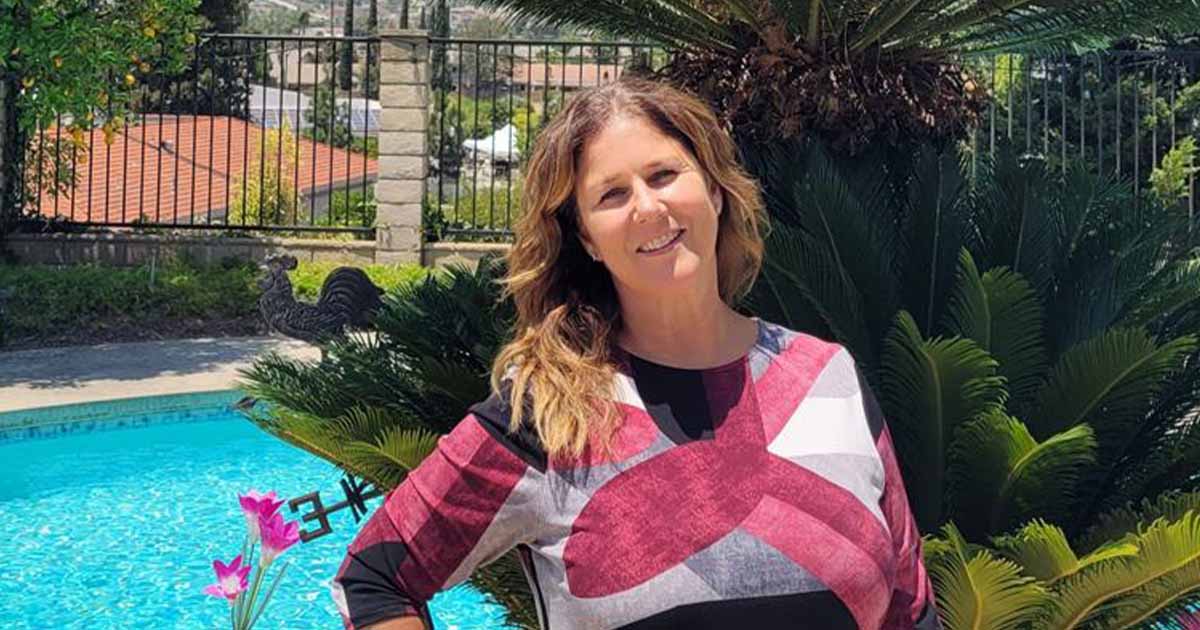
Dr. Bernard Schayes, a New York City-based physician in private practice with the Mount Sinai IPA and Northwell Health IPA
Photo: Dr. Bernard Schayes
Dr. Bernard Schayes, a New York City-based physician in private practice with the Mount Sinai IPA and Northwell Health IPA, struggled with meeting the challenges in adopting value-based care.
THE CHALLENGE
Ensuring patients stayed up to date with essential screenings – such as colonoscopies, mammograms, annual physicals, diabetes and cholesterol screenings, Pap exams for younger patients, and depression screenings – was a constant challenge.
Too often, patients missed these critical checkups due to a lack of reminders, scheduling difficulties or barriers related to social determinants of health.
"Coordinating this care manually was time-consuming and inefficient," Schayes said. "Our team had to track down patients, send reminders and follow up repeatedly – often with limited success. We also wanted to address SDOH factors, but without a streamlined system, gaps in care persisted – putting patients at risk and making it harder to meet value-based care goals.
PROPOSAL
Schayes turned to AI-powered care coordination technology to help bridge these gaps by automating outreach, improving patient engagement and ensuring more seamless coordination. This technology allowed Schayes and his team to focus more on patient care rather than administrative burdens.
"The AI technology gathers pertinent historical data, including lab results, X-rays and healthcare encounters," he explained. "It reviews medical records and family history while leveraging predictive analytics to enhance patient outcomes. This approach enables and improves personalized care tailored to each individual while also leaving all final decisions with the doctor."
MEETING THE CHALLENGE
"The AI technology came in addition to my EHR because it can only read files, not write into them," he said. "AI mined the patient record and extracted useful datasets."
Schayes said the best way to explain is with an example.
"We know if a patient has albumin in their urine, they are at a high risk to develop renal failure years into the future," he explained. "By intervening early, we can prevent dialysis. This applies to cholesterol levels, blood sugar (A1C) and many other data points.
"It is, therefore, crucial to find or at least identify those who are at high risk as early as possible," he continued. "This is where AI can be vital as it can find these trends early, much faster than a human can."
AI also can read and interpret trends in EKGs with a predictive value to prevent cardiovascular disease much faster and better than a human can if it has clearly defined parameters, he added. In so doing, it can save a health system millions of dollars a year while also enabling doctors to be more proactive without adding to their already heavy workloads, he said.
RESULTS
For Schayes, AI has helped close significant care gaps with efficient use of staff resources. This was achieved because AI identified care gaps – upon Schayes' approval – and gave staff the option of texting, email or phone calls for outreach. This resulted in closing care gaps in an efficient, time-productive workflow, he reported.
ADVICE FOR OTHERS
"AI technology has the potential to improve patient care, remove tedious work for providers, and ultimately, improve health outcomes on a population health basis," Schayes stated. "With its help, there will be a convergence between data and predictive analytics, and provider care delivery will improve patient outcomes as a result.
"My workflow has changed since employing AI," he continued. "I record my patient encounters in real time, with the patient's permission. I have a large microphone patients can see for full transparency. The AI platform records the visit and can ignore nonpertinent issues."
It does a very good job of recording positive history, positive physical findings and vital signs, he added.
"The most important part is that I decide on the final diagnosis," he noted. "AI then generates a complete visit note and is far more accurate at inputting the correct codes, saving hours of tedious typing and entering data.
"AI puts past data in an easily accessible mode, and its predictive analytic capability will only continue to improve," he concluded. "We are just at the beginning of a significant improvement for population health."
Follow Bill's HIT coverage on LinkedIn: Bill Siwicki
Email him: bsiwicki@himss.org
Healthcare IT News is a HIMSS Media publication.
WATCH NOW: Mount Sinai's new CDIO offers an inside look at her very full plate


